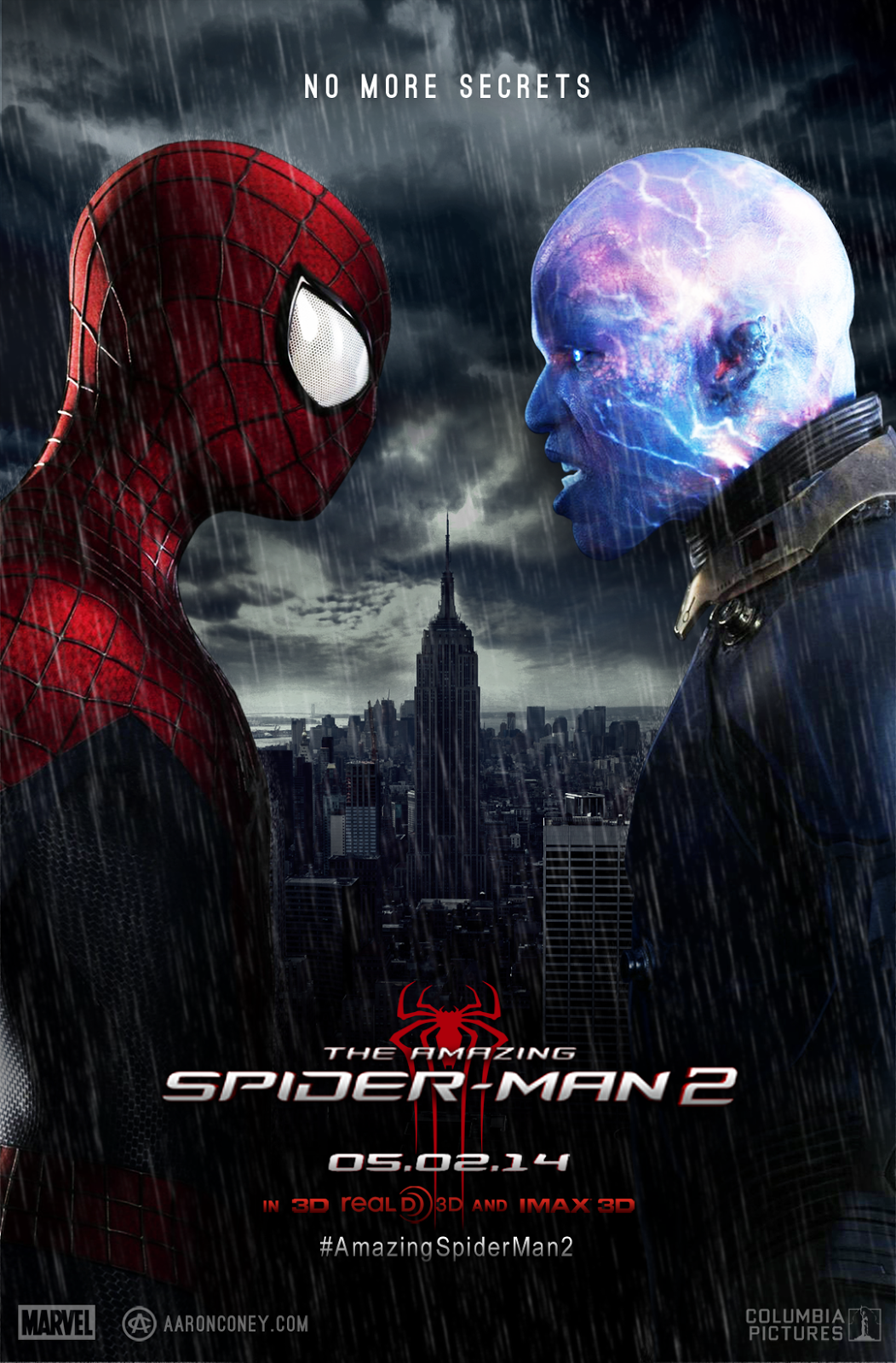Witnessing a thirty-minute show-reel screening, I can
honestly say that I am excited about the next instalment. Marc Webb introduced
the video by telling us how The Amazing
Spider-Man 2 portrays Spider-Man at the “top of his game” while Peter
Parker is trying to be a “regular kid”. The missing back-story of Peter
Parker’s father, alluded to in the previous film, is expanded upon in the
opening moments of the upcoming film with a rough and messy hand-to-hand fight
set within a jet recalling the type of directing Paul Greengrass has shown us
in The Bourne Supremacy. This
flashback soon cuts to Spider-Man (Andrew Garfield) saving the Big Apple as
Rhino (Paul Giametti) ploughs through downtown, smashing cop cars and yellow
cabs to the side of the road. Andrew Garfield is cheeky and cheerful, while
retaining a certain amount of smug arrogance that immediately gains our
attention. We like him, and for me, we like him more than Tobey Maguire’s
slightly-too-awkward portrayal in the 2000-2008 series.
Lead-villain Electro is played by Jamie Foxx and, though
showcasing some incredible special effects and strong, effective use of 3D, his
one-liners (“It’s my birthday – it’s time to light my candles!” BOOM!) and blue
make-up seems to recall our favourite Batman villain - Mr Freeze (from the
critically-panned Batman and Robin).
But this is Spider-Man! He’s our
favourite guy! He is fun and games; a geek we can relate to; an optimistic lad
who can’t quite believe how crazy-cool his supernatural powers are! The Avengers are building a universe that
is epic in scale – reaching from earth to Asgard. Man of Steel seems to be so serious while X-Men: Days of Future Past is so political. The Amazing Spider-Man 2 looks like it will be fun – and pronounce
f-u-u-u-un, with a huge grin on your face. Over the top villains, snarky heroes
and gorgeous romantic interests (with perfectly-balanced chemistry between Emma
Stone and Andrew Garfield) is what we want to see. While he may be limited to
the Manhattan skyline, that’s not a bad thing. It means it looks like the comic
book we know and feels like the gloss and shine of New York blockbusters. This
doesn’t look like throw-away fun but maybe the fun you’ll revisit time and time
again. April 18th will answer out questions…
This post was originally written for TQS on March 25th 2014










